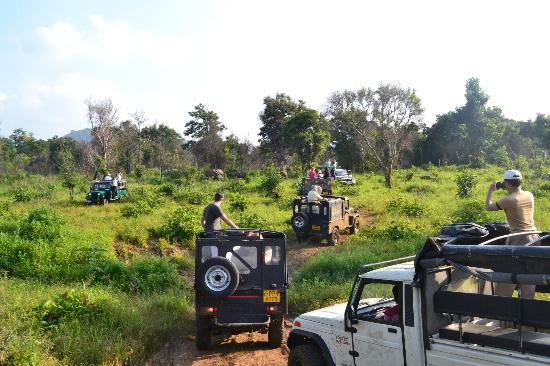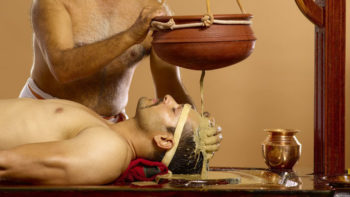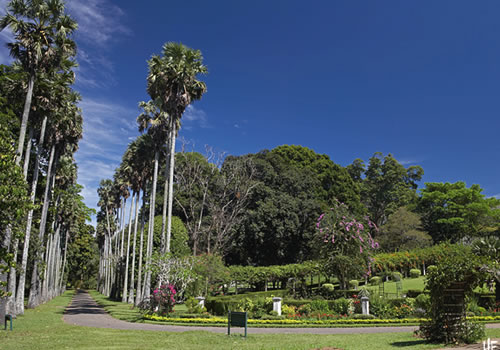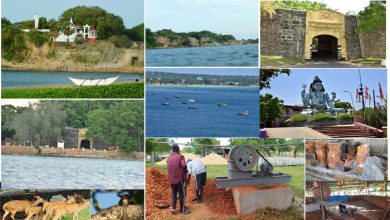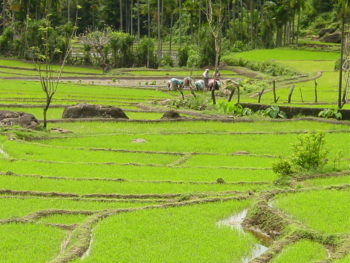Dutch Burghers- Vital factor in Sri Lankan Heritage
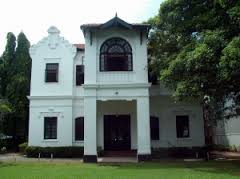
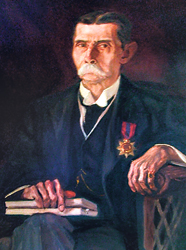
Richard Gerald Anthonisz
They came as traders but due to many reasons they became colonists. They colonized the maritime provinces of Sri Lanka for 140 years and it all began with the arrival of Admiral Joris van Spillbergen, the first Dutchman in Sri Lanka(then Ceylon), who was receieved by an official representative of the Kandyan King in 1602.
In the 17th century the Dutch East India Company (VOC) took over coastal Ceylon from the Portuguese as Dutch became involved in the politics of the Indian Ocean. First the Dutch moved to wrest control of the highly profitable spice trade from the Portuguese, after the signing of a treaty with Rajasingha ii, the king of Kandy.
To gain the monopoly of spice trade as well as helping the Sinhala King to eliminate the Portuguese the trading Dutch turned themselves into a warring unit. As the Portuguese surrendered, the Dutch took control over the Island’s maritime provinces till the British removed them.
Although the Dutch rule ended that way their influence and impact was felt within the Sri Lankan social fabric. This was due to the fact that some of their descendants settled down in the island and their cultural heritage integrated into the Sri Lankan society.
One of the main items that was the Roman Dutch law which was established and implemented in Sri Lanka. Other factors can be mentioned as Architecture, Cuisine, Religion that became important parts of the Sri Lankan lives up to now. In short they have become an important sections of the Sri Lankan Heritage.
The integration of the Dutch influence into the Sri Lankan lives was mainly due to the descendants who decided to remain in this beautiful island. Dutch Burghers as they were called were a part of the Burgher community that comprised descendants from the Portuguese and the British.
It is important to note that although they were all called Burghers, the Dutch descendants displayed a separate and distinctive identity from the others. Their names were different and could be identified as genuine Dutch Burghers. In addition they had left a prominent and indelible mark in the history of Sri Lanka.
Dutch Burghers Union (DBU) of Colombo which celebrated 100 years in 2008, is the nucleus that bound the community together and also was responsible in promoting the moral and social well-being of the Dutch Burgher community in Sri Lanka. Richard Gerald Anthonisz, a historian and Scholar, is largely credited as being the founder of the DBU that was established in 1908. His dedication to the establishment and expansion of the DBU was unmatched.
According the present President of DBU, it effectively two distinct phases in its 100-year history. The first was when the community was at peak: an era when the excellence of its men and women were on abundant display in every field of human endeavor. The second half was one which saw a dramatic reduction in its pool of intellect and talent with many Burghers opting to emigrate to Australia and elsewhere.
He further adds that nevertheless, the community and the Union had always exhibited considerable resilience and adaptability to changing times and circumstances.
The Dutch Burghers Union of Ceylon with its distinctive and grand old clubhouse situated opposite the Havelock Road and Buller’s Road roundabout in Bambalapitiya is the symbol of their strong will to hold their community in a very tight manner.
The glory days of the DBU were undoubtedly during its first half century of existence, when the Dutch Burgher community held sway in every sphere of life including the legal and medical professions, theatre and sports. The leadership of the DBU during this phase, in particular, boasted some of the finest luminaries in the country. These include R.L 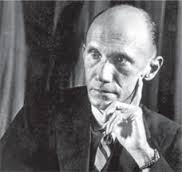 Spittel, the great surgeon and anthropologist. Dr. R.L Brohier, the first Ceylonese surveyor and a prolific author, and also academics such as Professor E.F.C Ludowyk, Professor, E.O.E Pereira and notable civil servants such as Major General B.R Heyn, M.C Sansoni, Sir Francis Soertsz, artists such as W.W Beling, George keyt, T.LK van Dort, Lionel Wendt, Authors such as Vivimarie Vanderpooten , and athletes such as Laddies Outschoorn, Michael Vandort are some of the Dutch Burghers who elevated Sri Lanka to a very high place in the World.
Spittel, the great surgeon and anthropologist. Dr. R.L Brohier, the first Ceylonese surveyor and a prolific author, and also academics such as Professor E.F.C Ludowyk, Professor, E.O.E Pereira and notable civil servants such as Major General B.R Heyn, M.C Sansoni, Sir Francis Soertsz, artists such as W.W Beling, George keyt, T.LK van Dort, Lionel Wendt, Authors such as Vivimarie Vanderpooten , and athletes such as Laddies Outschoorn, Michael Vandort are some of the Dutch Burghers who elevated Sri Lanka to a very high place in the World.
In addition to the outstanding made by eminent Dutch Burgher to the Sri Lankan culture and heritage there were also important influences that pervaded in to the lives of the island’s human beings Architecture and cuisine and spheres had vital influences from them.
The Dutch influences in the sphere of architecture can be seen in most houses that were constructed in the south in that period and the Dutch hospital, in Colombo,the Dutch Period Museum, Chritian reformed church in Wovendal, the Galle fort are some of the important examples of the Dutch influence.
The other sphere that Dutch influence was district is the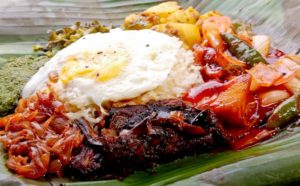 cuisine, Lamprais, with sambal and frikkadels(Dutch meat balls), breuder, kokis, Eggrulang, Poffertje, and the humble stew which is called ismoru in Sinhala are some
cuisine, Lamprais, with sambal and frikkadels(Dutch meat balls), breuder, kokis, Eggrulang, Poffertje, and the humble stew which is called ismoru in Sinhala are some
of the dishes that has been part of the island’s lifestyle.
A quote from late Mr. Laksman Kadirgamar, Foreign Minister, at the 50th anniversary of SriLanka Netherlands diplomatic relations, is most appropriate to end this short essay “ The Dutch Burgher community excelled not only in exalted position in our society, they also performed with great credit, quality, effectively in various other areas of our national life”.
Indeed, Dutch Burghers are an important link in the history, culture and most prominently in the heritage of Sri Lanka.
We thank Mr.Franklyn D. Ockers Manager Food and Beverage of The Dutch Burgher Union of Ceylon for providing us with all the details about Dutch Burgher Community in Sri Lanka.


